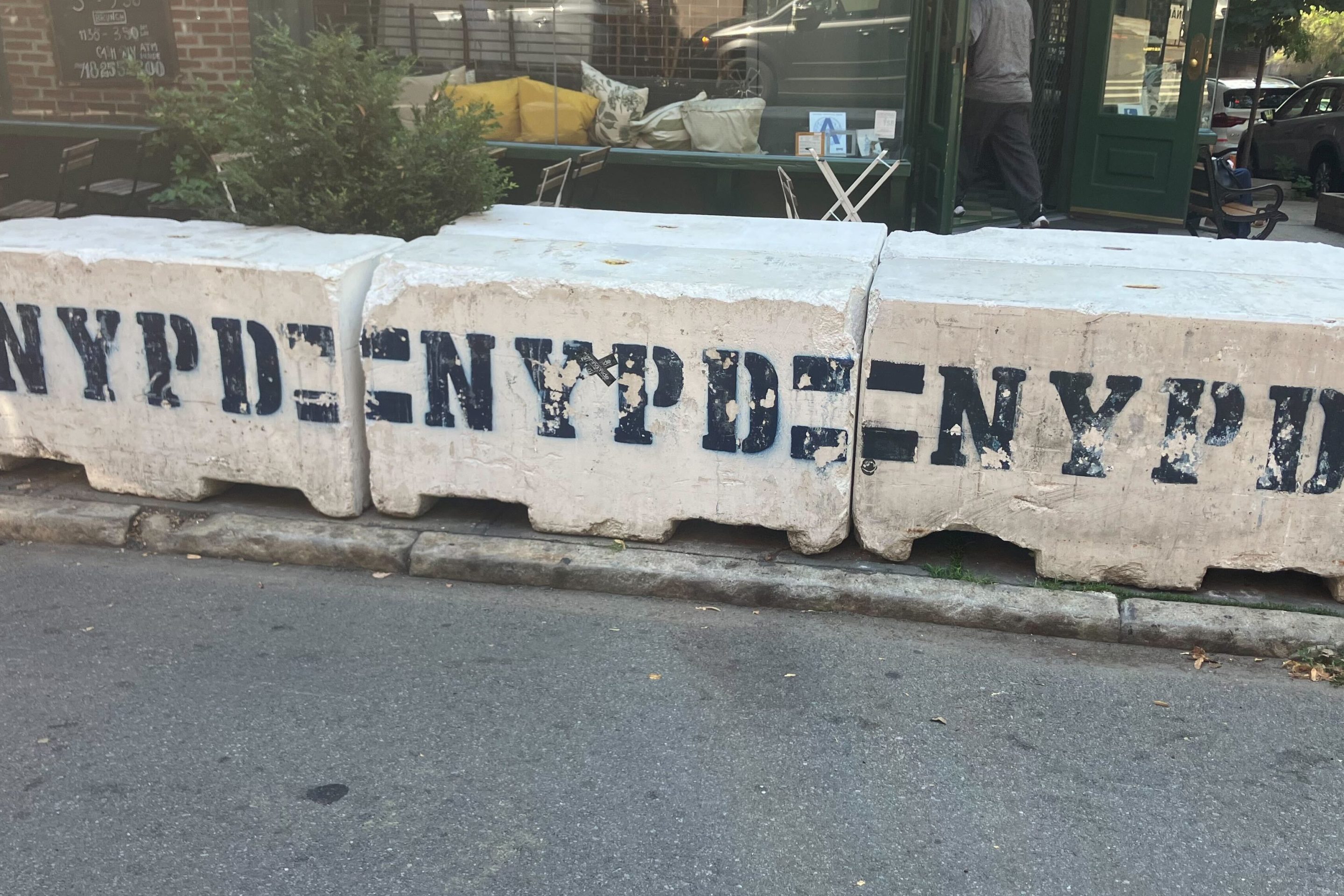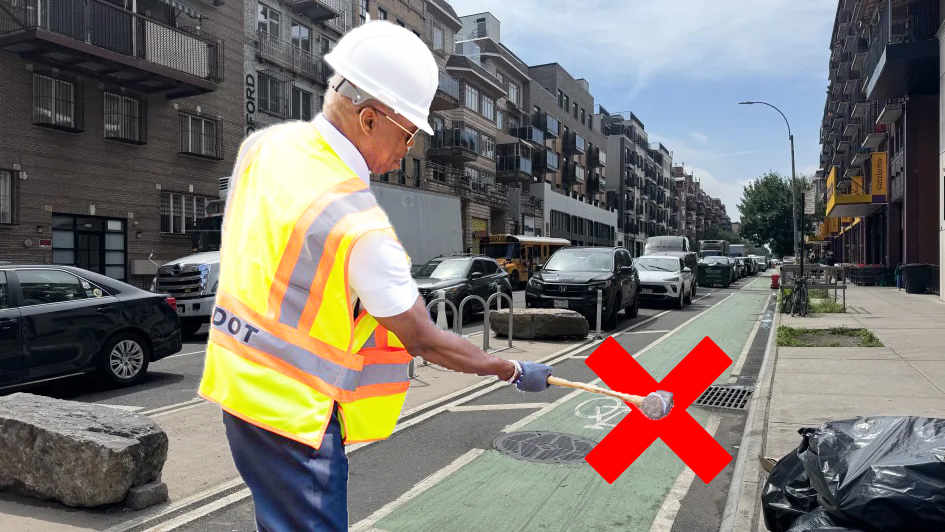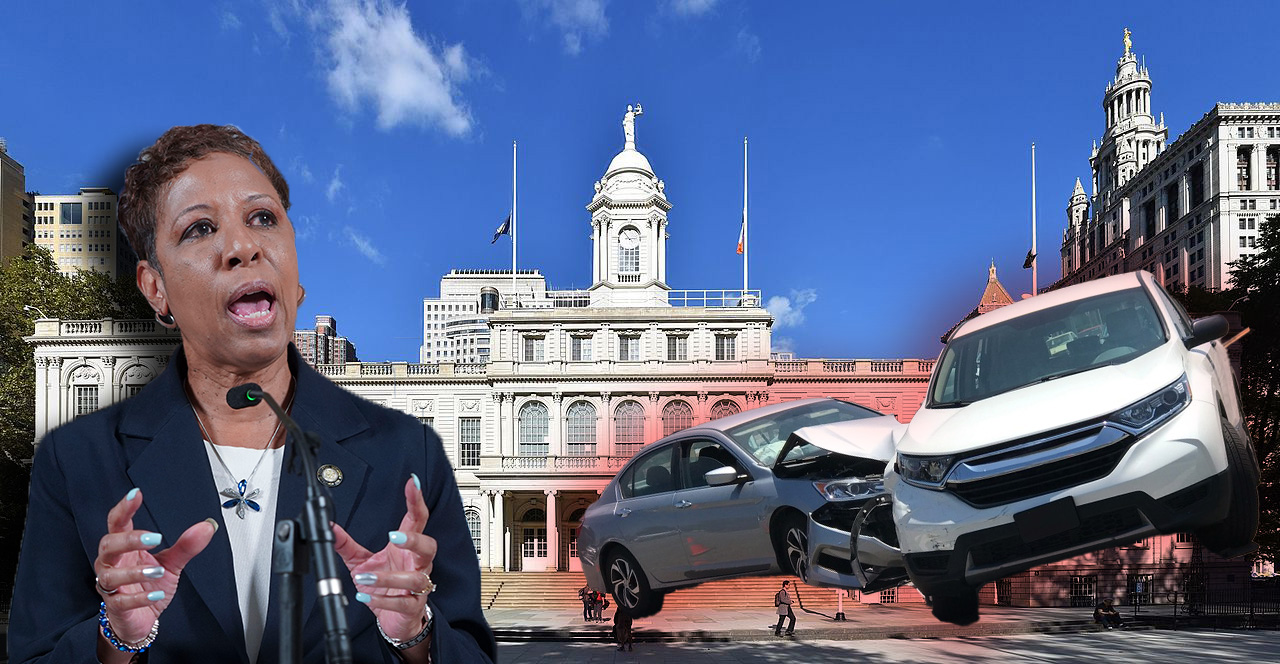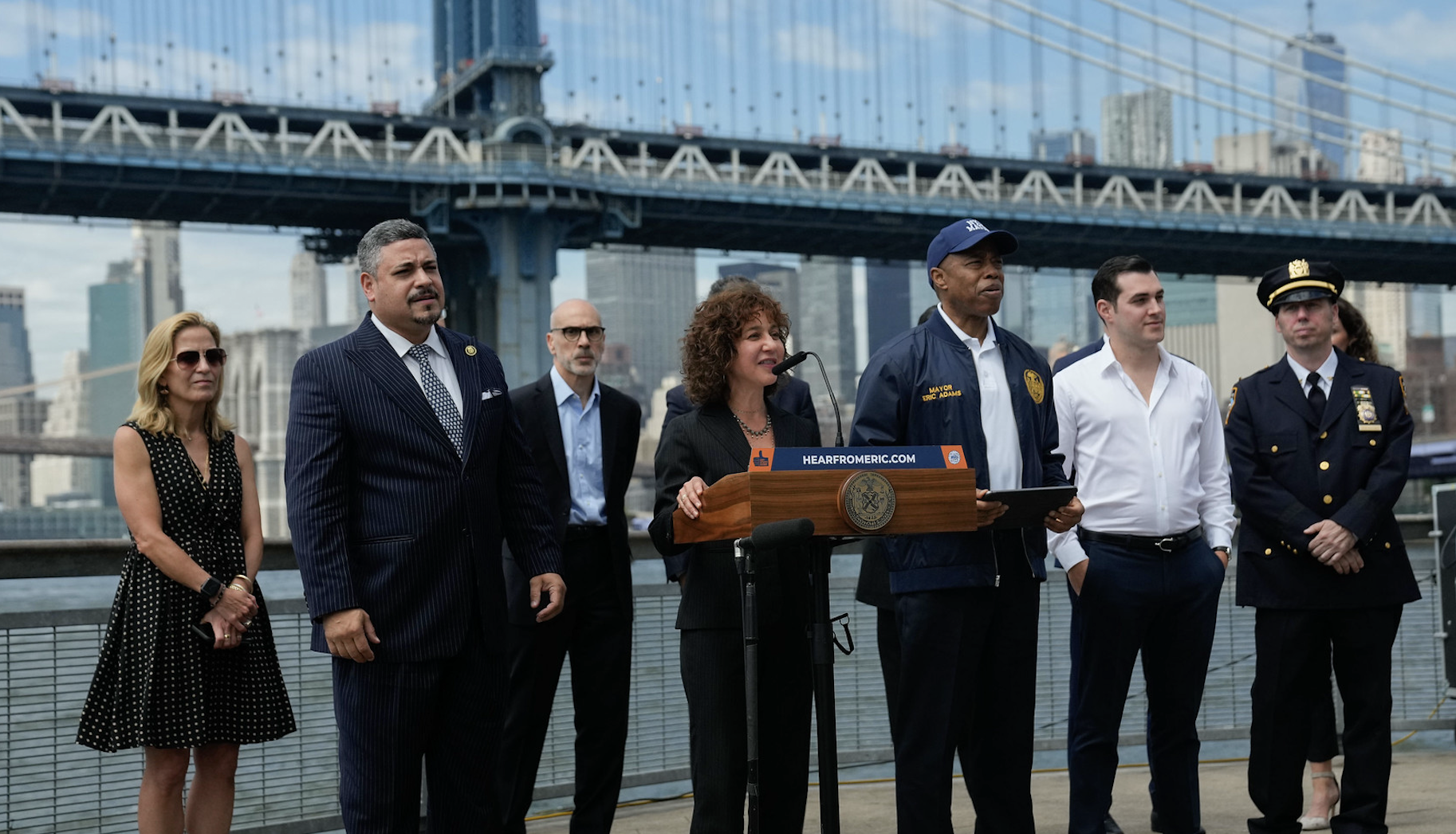People are always asking me, “Don’t you just love electric cars?”
And I am always answering, “Well, to be honest, no, I don’t.”
I’ve been editor of Streetsblog for four years now, and have lived in the city of New York without interruption for 32 years — and I believe that electric cars are the biggest current threat to the livable streets movement. As more and more people — even people inside the movement who post proud baby pictures of their shiny new electronic machines — greenwash the tailpipe-exhaust-free vehicles, more and more people outside the movement are starting to believe that e-cars solve all the problems of cars (as several of my intelligent, liberal, urbanist friends in Brooklyn are already suggesting as they put down their deposits for Ford F-150 Lightnings).
In fact, at best, electric cars solve literally one of the scores of problems that cars cause in urban settings. Here is a brief compendium of the key areas where electric cars are no better than fossil-fuel-burning cars (and perhaps are worse, if they encourage more driving because of cheaper fueling costs). Perhaps you can send a link to this story to your e-car-touting pals:
Congestion
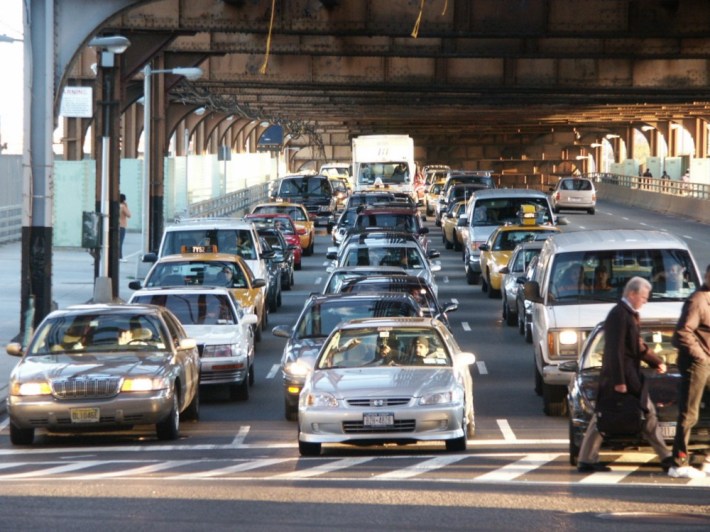
Here’s a picture I shot recently at the mouth (rectum?) of the Queensboro Bridge. All of those drivers are stuck in traffic of their own making — and all of them would be stuck in the very same productivity-crushing traffic if every single car in the picture was electric.
So how, exactly, will electric cars solve that problem?
Road violence
Here’s a picture I took a year and a half ago after witnessing a car driver slam into a cyclist on Second Avenue. As irony would have it, the driver who hit and seriously injured this cyclist was piloting a Tesla, which she turned into the bike rider as he rolled past a driveway that the DOT intended to be properly daylight, but was blocked by an illegally parked, placard-bearing car (see photo):
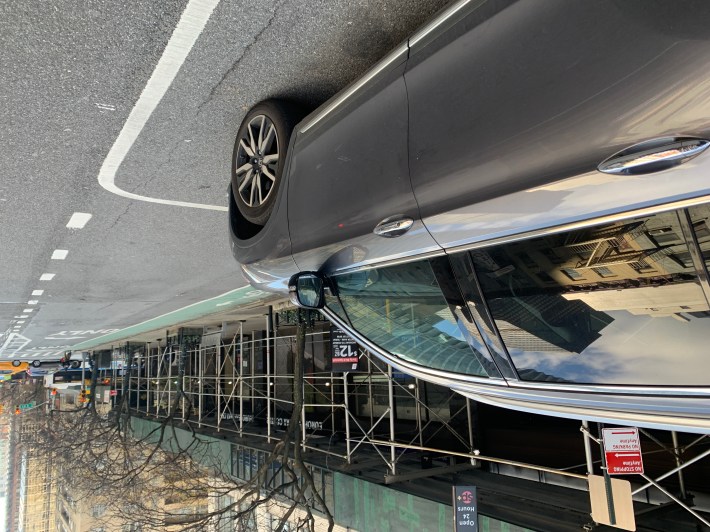
Does anyone think this sequence of events would have been different if every vehicle on the road was electric?
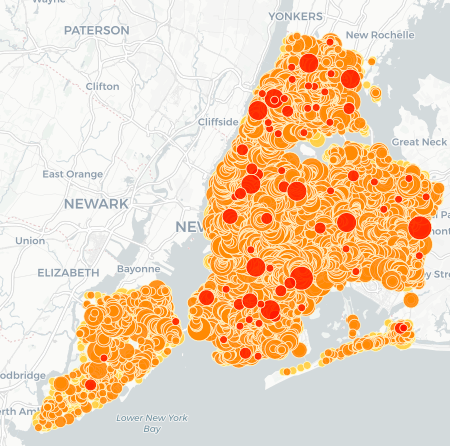
And more to the point: So far this year, car and truck drivers have been involved in 46,497 crashes, or roughly 273 crashes per day, every day, in this city. Those crashes have injured 20,775 people, according to city stats. (Look to the right to what those six months of crashes look like on a map. The orange dots are crashes with injuries. The red dots are fatalities.)
Nothing about electric cars will change the violence that high-speed automobiles do in highly populated urban spaces.
Nothing about electric cars will reduce the ability of drivers to kill and maim more vulnerable road users.
Nothing about electric cars will make crashes less likely to injure and kill.
It has long been documented that America’s world-leading levels of road fatalities is mostly due to the fact that we as a nation drive far more than the residents of other Western democracies.
Nothing about electric cars will change that (and, in fact, electric cars may increase driving if owners increasingly feel that electric cars are “good” for the world).
Road rage/stress/health

There are multiple studies that driving causes stress on the very people that car manufacturers say will be free and liberated upon the purchase of a car. Driving long distances, as Americans frequently do, has been shown to increase stress. And, of course, driving increases the risk of obesity, cardiovascular disease and even cancer, which taxes the national economy in increased health care costs.
And another study showed that aggressive drivers view cyclists as less “human” than they are. In what way will electric cars change that equation?
In what way will electric cars help with that?
Social isolation
The most car-dependent cities and towns in America basically have isolation built into them because of the needs of car dependency. Local downtowns become less walkable (and thereby devoid of chance encounters with neighbors) because residents drive from their house to the parking lot at their destination without interacting with anyone else.
It’s a problem everywhere, not just in the U.S.: When streets are built for cars, social isolation increases. Donald Appleyard famously documented the increase in isolation as streets widen to accommodate cars. Here’s the chart Appleyard made to show the number of social interactions neighbors have on various types of streets:
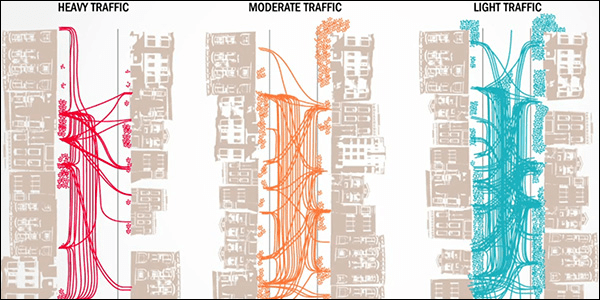
And the new vogue of “car sit-ins” often (below) that are often waged by the far right wing not only intimidate communities of color, but also isolate the protesters from people with differing views, thereby reducing the quality of debate.
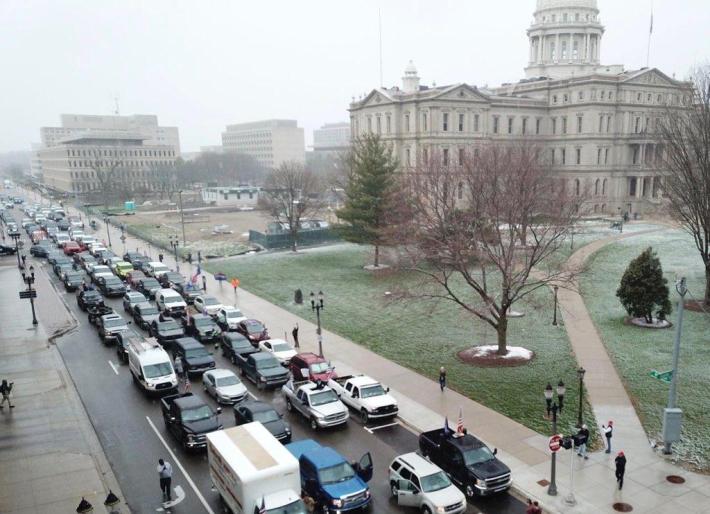
There is nothing about any of this that would change if all the cars and pickup trucks were suddenly electric.
Bad/racist/classist urban planning
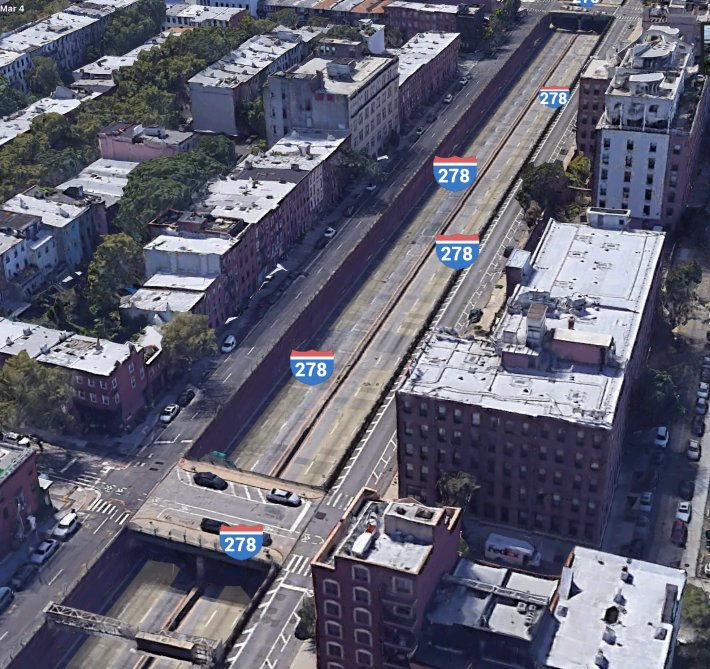
The need to accommodate cars leads to disastrous planning decisions, whether by building more roads to appease drivers or to provide free storage for their automotive purchases or to build living spaces further out into the countryside because urban areas have been so ruined by the car in the first place.
Obviously, a lot has been written recently about the racist history of America’s highway construction boom of the 1950s, which not only severed vibrant communities, but also built a legacy of car dependence that causes so many other social problems (including induced demand). But because that legacy is so entrenched, our elected officials believe that they must make additional bad decisions as work-arounds (like widening the highways that caused the problems originally). And because of all the cars filling up all the public space, non-drivers are punished in the form of narrower sidewalks, fewer parks, fewer public plazas, and garbage bags being set out every afternoon in any available place where cars don’t go.

And with so many suburbs and exurbs sprawling across the landscape, transit becomes harder to sustain across long distances and as new job centers pop up. In the 1930s, the job of transit engineers was to get people from near-in communities to the central business core of American cities. Now the challenge is to get some of them from sprawling mega-regions into the downtown core, but also to get them across the sprawl. Try to design an efficient transit system to get a worker from Pleasantville to North Stamford — it probably can’t be done. So of course people buy cars to accommodate the unsustainable lifestyle they’ve been encouraged by decades of policy to choose.
That’s the essence of induced demand — build the highway and people will sprawl out, requiring more highways to serve them, and resulting in more driving. Lather, rinse, repeat.
Tell me how electric cars fix that problem. (In fact, they’ll make it even harder to save our cities from cars because cities will most likely set aside curbside space as “electric car charging areas,” meaning that curbside space will go from being public space that car owners have currently appropriated to being permanently set aside for the supposedly good purpose of cleanly charging our city’s e-car fleet, as you see below.)
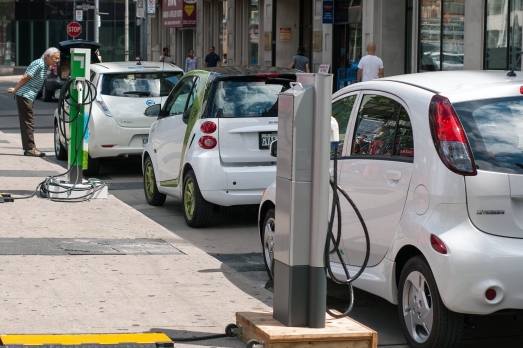
Placard abuse
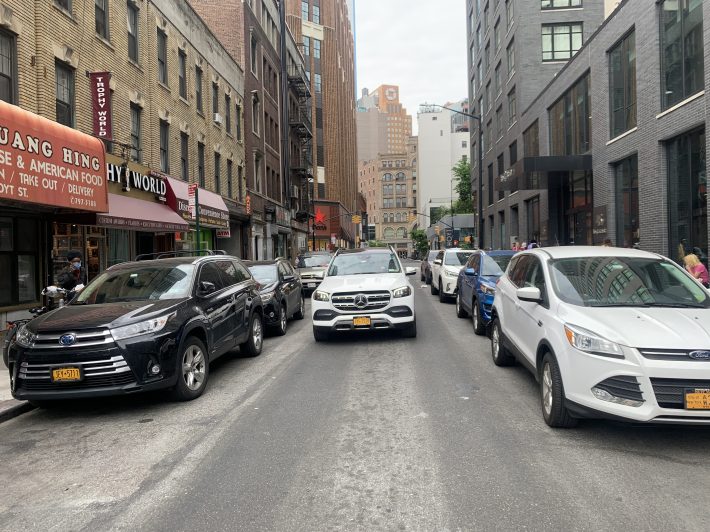
The congestion caused by all the cars we have invited into our cities creates the low-level corruption of privileged people — that is to say, people who maneuver the levers of government — to carve out conveniences for themselves to enable their driving. Streetsblog has long covered the plague of placard abuse in this city, but even if a parking permit is used ethnically, the very existence of the laminated luxury creates more driving by its possessor (and more driving by the less-fortunate, who now have to circle far longer to find a place to store their vehicles).
But placard abuse also reduces available curbside space for loading zones, which forces delivery workers to double-park their trucks, which is a safety threat and also adds to congestion, which is also a safety threat.
Nothing about electric cars would change this.
Blocked buses
Here’s a picture I took recently on Queens Boulevard near the Queensboro Bridge:
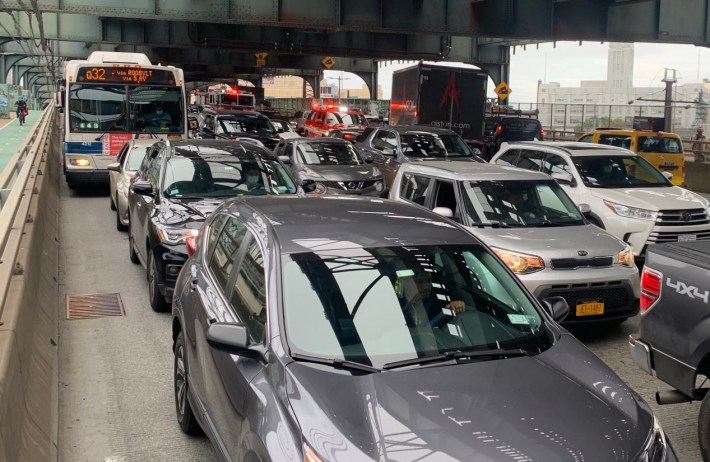
Look at how dozens of poor bus riders on that Q32 bus are stuck in traffic simply because about a dozen people decided to drive instead of using transit in one of America’s richest transit areas. And don’t just focus on the bus — look deeper into the picture. You’ll also see a fire truck and another FDNY vehicle stuck in the same bi-directional morass.
This is a separate category from “congestion” above because it affects different people; traffic that snarls transit is its own self-fulfilling idiocracy because the more we allow cars to dominate the roadways, the worse our buses get, which robs non-car owners of their freedom of mobility. Car drivers will always complain of traffic and believe it only affects them. But it’s way worse than that.
If every vehicle in this picture was electric, I would have been able to take … the exact same picture.
Lost livability and independence
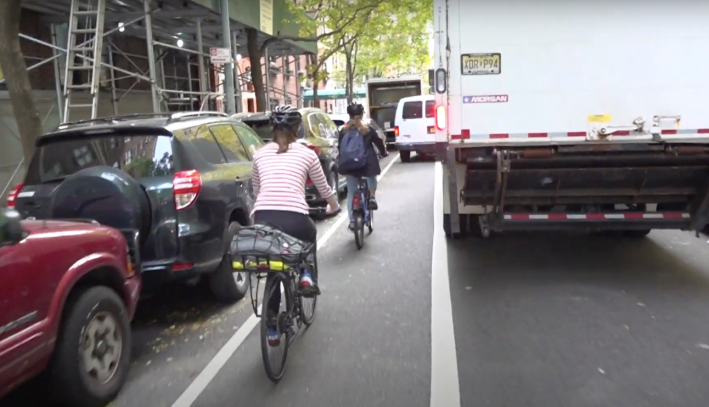
The presence of cars does not only directly lead to road violence, but it also leads to the ruination of the livability of residential neighborhoods and the loss of independence for children who are simply trying to get to school.
As Streetsblog documented last month, roads around the city’s public schools are far more dangerous than other city roads, specifically because of the presence of cars during pickup and drop-off hours. The owners of cars are oblivious to this, but their use of cars not only endangers their neighbors, but also reduces their neighbors’ ability to get around by other means than the car.
As a result, children in our city grow up in a bubble of parental anxiety, socially stunted as their parents have to remain constantly worried that the next time their child steps outside, he or she won’t come back whole. This is not a concern in Japan, as the TV show “Old Enough” shows perfectly. But here in the U.S., childhood depression and anxiety can be directly connected to our society’s overuse of the car.
My colleague Kea Wilson has written eloquently about this loss of childhood independence. The American Academy of Pediatrics also has studied this profound loss.
A fully electrified vehicle fleet does not change that equation.
Pollution
Finally, we come to the one problem of cars that electric cars solve — except (wait for it!) they don’t even fully solve the problem of pollution that they claim to solve. No, electric cars don’t emit pollution from the tailpipe, but until our electricity is 100 percent generated from entirely green sources (which have their own pollution problems, such as during construction of, say, solar panels), electric cars do contribute to pollution (both in emissions from power plants and in the inevitable particulates from tire and brake wear).
Power plants add pollution that has been shown to cause all the obvious health problems, but also mental health problems.
And, for now, electric cars even add in a new problem: they exacerbate inequality in our transportation system, as the wealthy are far more likely to buy them.
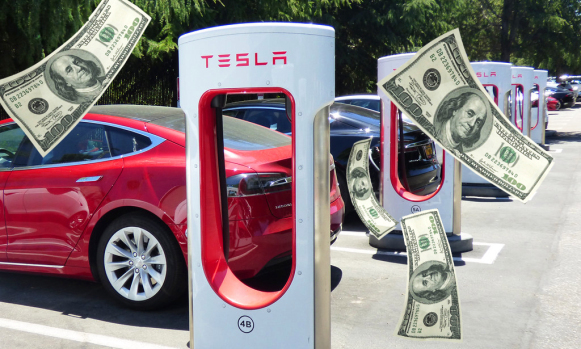
Last year, I analyzed the neighborhoods with the highest numbers of e-cars (and whose drivers had obtained New York State e-car subsidies. Whaddya know? The richest 30 percent of New York State residents had gotten more than 62 percent of all electric car rebate checks while the bottom 50 percent of state earners collected just 21 percent of the benefits — evidence that a state program to encourage the purchase of expensive electric cars is helping the wealthy far more than the poor.
The silence of the lambs
There’s one final way in which the greenwashing and gaslighting of electric cars hurts our society in general and the livable streets movement specifically: When I started working on this article (inspired by a recent report of a major city conservationist celebrating a purchase of an electric car), I reached out to some of the biggest guns in the livable streets movement, and they all told me not to do the story — that electric cars are ultimately good and this isn’t the hill on which I should die. The Sierra Club, the Natural Resources Defense Council and the League of Conservation Voters have all been too soft on electric cars, which feels like an abrogation of their responsibility to fight for true sustainability rather than succumb to a vague promise of cleaner air that probably isn’t going to happen anyway.
And this failure at the grassroots stunts our politics, too. How is it possible that progressive leaders like Alexandria Ocasio-Cortez and Joe Biden, who likely share my concern about the specific damage that cars do, are nonetheless all in on electric vehicles? Because the promise of a few good union jobs in the short-term outweigh the future of our planet in the long term or the lives of urban dwellers right now?
“Let it go,” one livable streets advocate told me, adding that if every internal combustion engine could be magically covered overnight to an electric engine, the world would be a better place.
And perhaps if such a magic wand existed, the world would be a better place … ever so marginally.
And that brought to mind the ultimate catastrophe of electric cars: Their deleterious impact on all our lives (especially those outside the car) is, like so many previous “advancements” in car technology, is being marketed so well and so aggressively that now the possessors of electric cars are seen as the avatars of sustainability and ecology.
But it has always been thus: it’s just more gaslighting by the auto industry, which has always found ways to fool the American public into believing its lies. From “Oh, it’s horseless!” to “Oh, now it runs on unleaded fuel” to “You can use it to clean a beach for turtles!” the auto industry has been on the wrong side of a disastrous history that has killed millions and ruined the lives of billions.
If you think electric cars are going to change any of that, well, I’ve got a bridge I really wish I could sell you.
Gersh Kuntzman is the editor of Streetsblog NYC and Streetsblog USA and occasionally writes the Cycle of Rage column. All of his prior columns are archived here.



